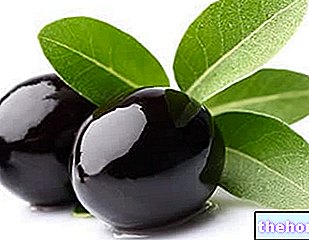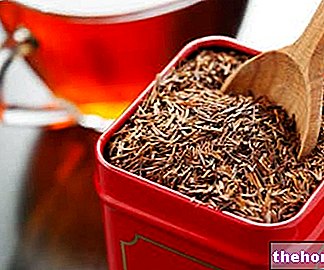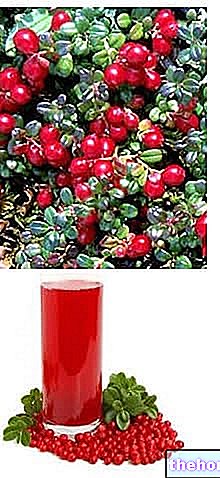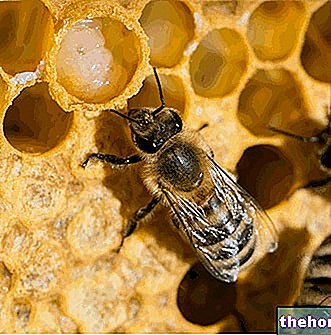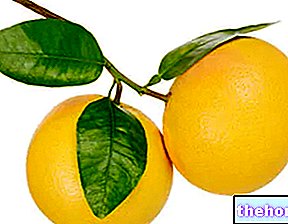What are
The phycocyanins (light blue), together with phycoerythrin (red), make up the phycobilins, or photosynthetic pigments responsible for the absorption of light, typical of cyanobacteria (or blue algae). These organisms photoautotrophs (capable of producing glucose by absorbing the sun's rays) are among the oldest life forms on the planet, for which they have contributed to modifying the aquatic and subaerial atmosphere by releasing oxygen.
Structure and Functions
Phycocyanins have a linear molecular structure, similar to that of an open porphyrin ring, therefore very similar to that of bilirubin and bile pigments (from which the term derives phycobilins).

As well as cyanophylls, chlorophyll, carotenes, tocopherols, ascorbic acid, zinc, selenium, phenolic compounds etc., phycocyanins are powerful food antioxidants, highly concentrated in some algae-based supplements. Klamath and / or Spirulina, that is some edible algae.
It seems that the beneficial-antioxidant efficacy of phycocyanins has a positive effect on both the protection from cancer and the increase in the production of lymphocytes.
In the food sector, phycocyanins are used as a natural dye, in ice cream, chewing gum, fermented milks, desserts and bleaches for sweets.
Supplements and health
Phycocyanins interrupt the pro-oxidative action of peroxides, they prevent hepatic lipo-peroxidation (hepato-protective action) and are anti-inflammatory; it has been estimated that phycocyanins possess an antioxidant efficacy that exceeds by 40 times that of ascorbic acid (vit. C) and tocopherols (vit. E).
In the experimental field, the action of phycocyanins has been tested in various situations, and more precisely: against acetic acid colitis in rats, against inflammation (again on rats, obtained by means of: injections of arachidonic acid, injections of carrageenan, plant of pellets cotton, acetic acid colitis) and against ear inflammation in guinea pigs.

